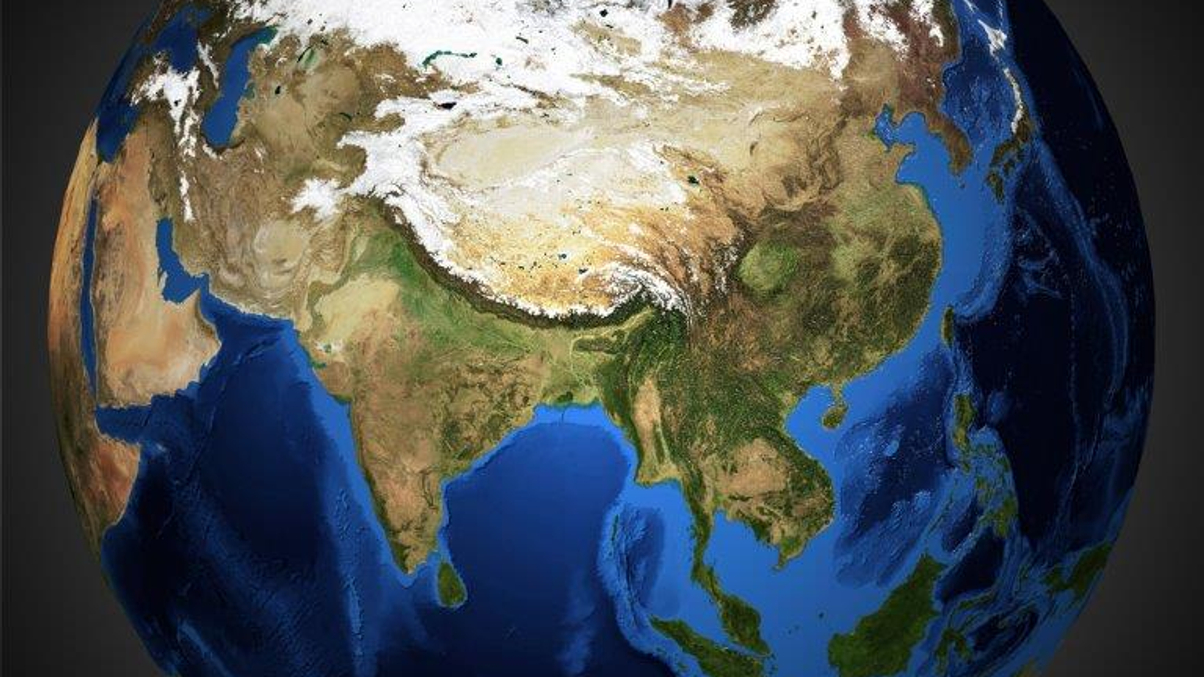India, China drive region’s wealth to global high
Asia Pacific records the fastest growth in high-net-worth population to overtake the US and is tipped to take top spot for overall wealth this year, finds new research.

Asia Pacific has overtaken North America as the region with the most high-net-worth individuals after its wealthy population surged to a record high last year, new research shows.
Sign In to Your Account
Access Exclusive AsianInvestor Content!
Please sign in to your subscription to unlock full access to our premium AI resources.
Free Registration & 7-Day Trial
Register now to enjoy a 7-day free trial—no registration fees required. Click the link to get started.
Note: This free trial is a one-time offer.
¬ Haymarket Media Limited. All rights reserved.


